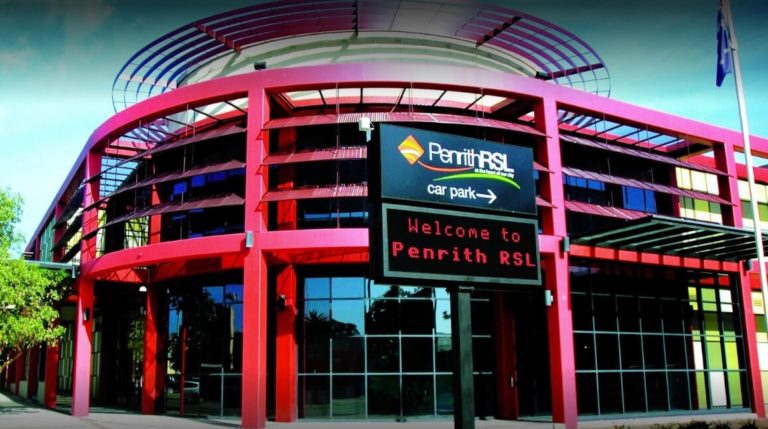Introduction
In the globe of healthcare, being prepared for emergencies can be a game-changer. Whether you're a medical care specialist, a teacher, or someone that simply wishes to add to conserving lives, enrolling in a Basic Life Support (BLS) certification course supplies vital abilities and understanding. In this post, we will delve into what you can expect from your BLS qualification course, including its importance, key subjects covered, and just how First Aid Training in Wollongong it prepares you to deal with heart emergencies effectively.
What to Anticipate from Your BLS Certification Course
When you determine to embark on the journey of acquiring your BLS certification, you're making a commitment to learn vital life-saving techniques. Yet what exactly can you expect?
Structured Discovering Environment- Courses are usually structured with a mix of theoretical knowledge and sensible hands-on training. You'll work alongside skilled trainers that have real-world experience in emergency response.
- The training course will clear up the difference between basic life support and advanced life support. While basic life support focuses on basic strategies like CPR and AED use, progressed life support includes much more invasive procedures calling for specialized training.
- Expect ample chance to practice abilities such as examining responsiveness and identifying no breathing. Most courses consist of simulation circumstances that mimic real emergencies.
- Training typically entails the use of manikins for CPR technique, giving you hands-on experience with breast compressions and rescue breaths. You'll also find out the appropriate usage of public defibrillators (AEDs), a necessary device in conserving lives throughout cardiac events.
- Understanding health center codes is critical for effective interaction in emergency situation settings. You'll be trained on procedures that dictate how doctor react throughout emergencies.
- During group training workouts, you'll learn the significance of teamwork when executing CPR. Taking turns on compressions is essential to preserve top quality breast compressions without tiredness affecting performance.
- A substantial component of your training will certainly concentrate on mastering compression deepness-- guaranteeing it's neither too superficial neither too deep. You'll also discover maintaining an optimum compression rate that optimizes efficacy during resuscitation efforts.
- One of the most critical skills instructed is exactly how to remain calm under pressure. Instructors will assist you via strategies that help take care of stress and stress and anxiety during real-life emergencies.
- You'll be geared up with techniques for assessing a casualty's breathing (or lack thereof) swiftly and accurately. Knowing what indicators to look for can make all the distinction in an emergency scenario.
- Your learning does not finish when you obtain your accreditation; continuing education is emphasized. Regular updates on guidelines ensure that your skills remain current in a continuously developing field.
Course Overview: Secret Topics Covered
1. Intro to BLS Concepts
This area offers a summary of BLS concepts, highlighting the value of very early treatment in heart attack situations.
2. Acknowledgment of Cardiac Arrest
Here, you will find out exactly how to identify signs of heart attack swiftly-- expertise crucial for intervention prior to emergency -responders arrive.
3. Performing High-grade CPR
A primary part is mastering top quality CPR methods that involve correct hand placement and rhythm-- crucial for effective resuscitation.
4. Use AEDs
Training consists of step-by-step advice on utilizing Automated External Defibrillators (AEDs), which are currently frequently located in public spaces.
5. Emergency Reaction Protocols
You will certainly examine different emergency situation feedback procedures developed for various circumstances-- this understanding aids enhance actions in disorderly situations.
6. Lawful Factors To Consider in Supplying Aid
Understanding lawful implications such as Good Samaritan regulations guarantees you understand your civil liberties when providing support during emergencies.
7. Special Factors To Consider for Pediatric Patients
Training covers distinct considerations when carrying out BLS to babies and kids-- crucial knowledge given their physiological differences contrasted to adults.
8. Real-Life Circumstance Simulations
Most courses offer realistic situations where participants can apply learned techniques under instructor supervision-- this practical application strengthens learning.

9. Team Characteristics in Emergencies
Learning how to function successfully as component of a team during an emergency situation reaction is critical; this section stresses interaction and delegation among responders.
10. Testimonial and Qualification Examination
Finally, participants undergo an evaluation followed by an examination process causing accreditation-- a testament to their freshly acquired skills!
Frequently Asked Concerns (Frequently asked questions)
1. What requirements are needed for enlisting in a BLS accreditation course?
No certain requirements are usually called for; nonetheless, standard understanding of healthcare principles might be helpful but not mandatory.
2. How long does it take to complete a BLS qualification course?
Training courses typically vary from 4-8 hours depending upon web content depth; some may also supply online alternatives that permit versatility with self-paced discovering modules integrated with hands-on practice sessions later on!
3. Exists any age constraint for taking the course?
Normally talking any individual over 16 years old can participate; nonetheless check particular service provider guidelines since they might differ slightly across regions/countries!
4. What happens if I fall short the sensible exam?
The majority of organizations supply retesting possibilities so do not feel dissuaded! Trainers commonly give feedback before enabling candidates an additional chance at demonstrating proficiencies once again up until successful conclusion occurs!

5. Can I recertify my BLS accreditation online?
Yes! Several organizations now offer on the internet recertification options making it simpler than ever maintain conformity without requiring go to added workshops each time renewal approaches!
6. Exactly how often must I renew my BLS certification?
Commonly every Wollongong First Aid course offerings two years needs renewal yet watch out updates from corresponding certifying bodies because they often readjust timelines based upon emerging best methods !!
Conclusion: Accepting Lifesaving Abilities With Education
In summary, finishing your BLS accreditation training course opens doors not simply properly but personally too! It arms individuals with confidence amidst crises while cultivating synergy within areas whether responding alone or alongside colleagues alike! By understanding what steps entail becoming licensed-- from recognizing basic vs innovative life support distinctions via understanding intricate details like inspecting responsiveness-- you're setting on your own up successfully browse any kind of potential scenario needing prompt action!
With these understandings available concerning assumptions bordering registration into programs devoted lifesaving education-- it's never ever been more clear why spending time into obtaining proficiency essential dealing clinical emergency situations matters greatly! So take that jump today accept chance transform lives around us daily!!